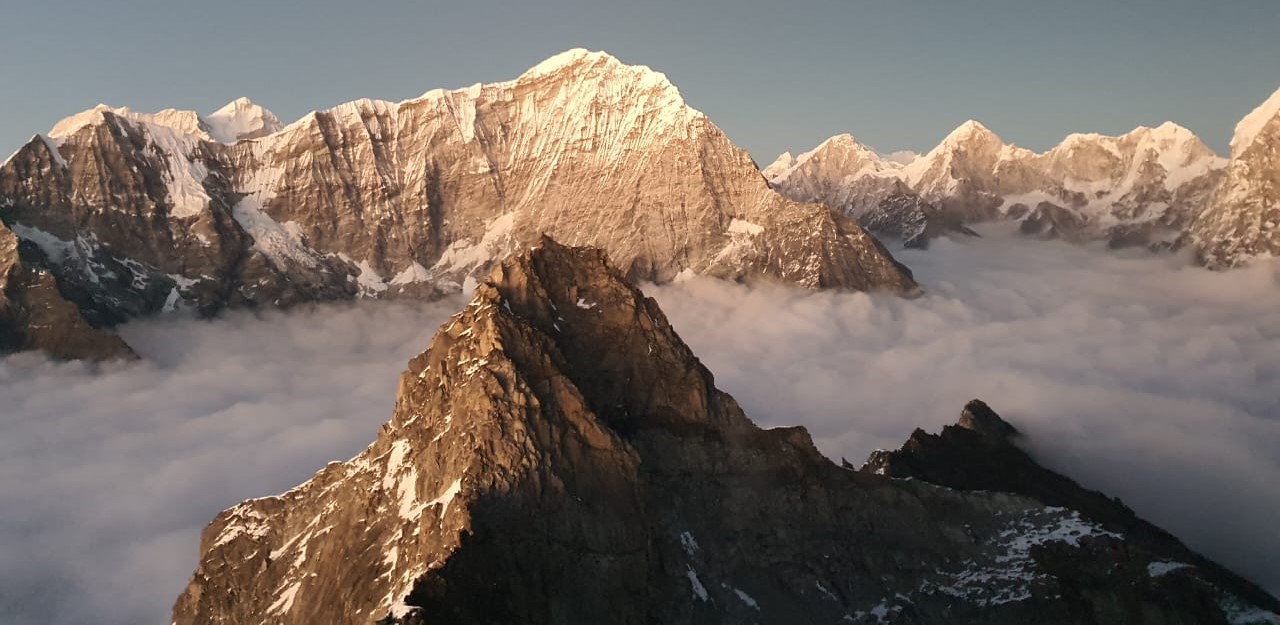
Travel Blog
“Ultimate Guide to Nepal: Travel, Trekking, and Expeditions in the Himalayas”
Nepal, with its mesmerizing landscapes, ancient heritage, and welcoming people, is a destination that captivates travelers seeking adventure, spirituality, and cultural discovery. The grandeur of the Himalayas, including the iconic Mount Everest, draws trekkers, mountaineers, and nature lovers from all over the globe. Yet, beyond its stunning mountains, Nepal’s diverse ecosystems range from lush jungles teeming with wildlife in Chitwan and Bardia to the serene lakes of Pokhara and the historical marvels in Kathmandu Valley. Each region holds unique opportunities for exploration, adventure, and deep connection with nature and tradition.
People and Culture
Nepal’s rich cultural tapestry is woven from its diverse ethnic communities, each with its own unique traditions, languages, festivals, and cuisine. The Nepalese people are known for their warmth, kindness, and hospitality, with a rich history of cultural practices shaped by Hinduism, Buddhism, and other indigenous faiths. Vibrant festivals like Dashain, Tihar, and Buddha Jayanti bring communities together, showcasing colorful traditions, music, and dance. For tourists, experiencing these festivities or staying with local families in rural homestays offers an immersive way to connect with Nepali culture and create lasting memories.
The deep respect for spirituality is reflected in the countless temples, stupas, and monasteries scattered across Nepal, from the Swayambhunath and Pashupatinath temples in Kathmandu to the birthplace of Buddha in Lumbini. Such sacred sites attract both religious pilgrims and cultural tourists, offering peaceful retreats as well as insights into Nepal’s historical and spiritual legacy.
Necessary Reforms to Attract More Tourists
To enhance Nepal’s appeal as a global travel destination, certain reforms and investments in infrastructure, accessibility, and sustainable tourism practices would be beneficial:
- Infrastructure and Accessibility
Improved infrastructure, such as road connectivity, modernized airports, and reliable public transportation, is essential. Expanding regional airports and establishing more direct international flights would make it easier for tourists to reach Nepal’s popular sites and less-explored regions. Additionally, upgrading accommodations in remote trekking regions with eco-friendly lodges could improve the overall experience for adventure tourists.
- Enhanced Safety and Standards
Implementing stricter safety standards for trekking and mountaineering, including well-defined safety protocols, trained guides, and emergency response facilities, can boost tourists’ confidence. Improved health and safety standards in food and accommodations would further enhance Nepal’s reputation as a safe and tourist-friendly destination.
- Sustainable Tourism Practices
To preserve Nepal’s natural environment and cultural heritage, the government and tourism stakeholders should focus on promoting eco-friendly tourism. Initiatives like limiting waste on trekking routes, reducing plastic usage, and preserving wildlife areas are crucial. Additionally, involving local communities in sustainable tourism planning ensures that tourism benefits local livelihoods while protecting cultural integrity and the environment.
- Promotion of Lesser-Known Destinations
By promoting lesser-known destinations beyond the popular circuits like Everest and Annapurna, Nepal can distribute tourism more evenly and reduce environmental strain in over-visited areas. This also provides opportunities for remote communities to benefit economically from tourism.
- Skill Development and Training Programs
Investing in skill development for local tourism professionals, such as guides, hospitality staff, and eco-tourism operators, will improve service quality and create meaningful employment. Training in language skills, customer service, and sustainable practices ensures a higher standard of service for tourists.
- Strengthened Marketing and International Partnerships
Nepal could benefit from strategic marketing efforts in international markets to highlight its unique offerings—ranging from adventure tourism to cultural immersion and wellness retreats. Building partnerships with global tour operators, travel influencers, and media can further enhance Nepal’s visibility.
Vision for the Future
By focusing on these reforms, Nepal can position itself as a premier, sustainable travel destination. With a commitment to preserving its cultural heritage, respecting its environment, and improving infrastructure, Nepal has the potential to welcome a larger, more diverse group of travelers each year. This vision of growth can not only elevate Nepal’s tourism industry but also contribute to the country’s development by empowering local communities, fostering economic opportunities, and celebrating the remarkable culture and natural beauty that make Nepal truly unique.